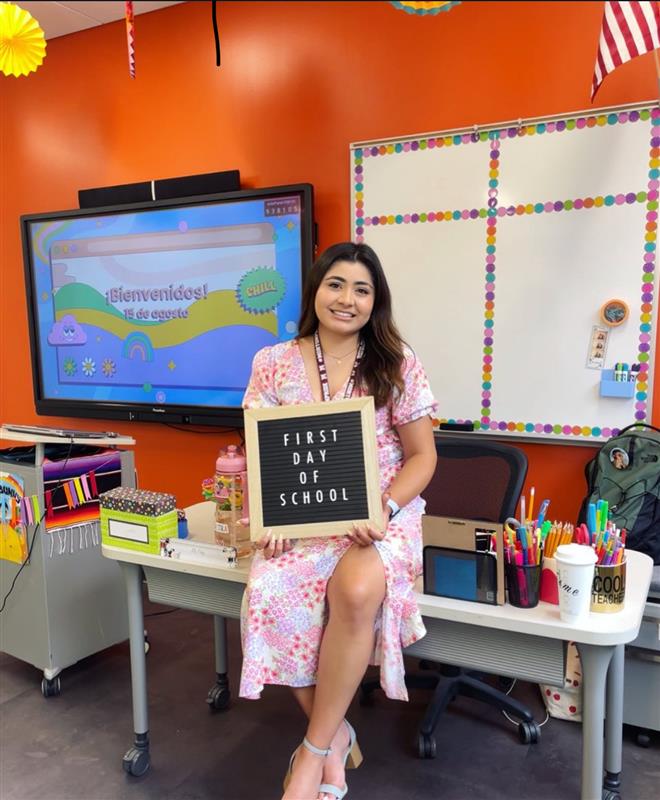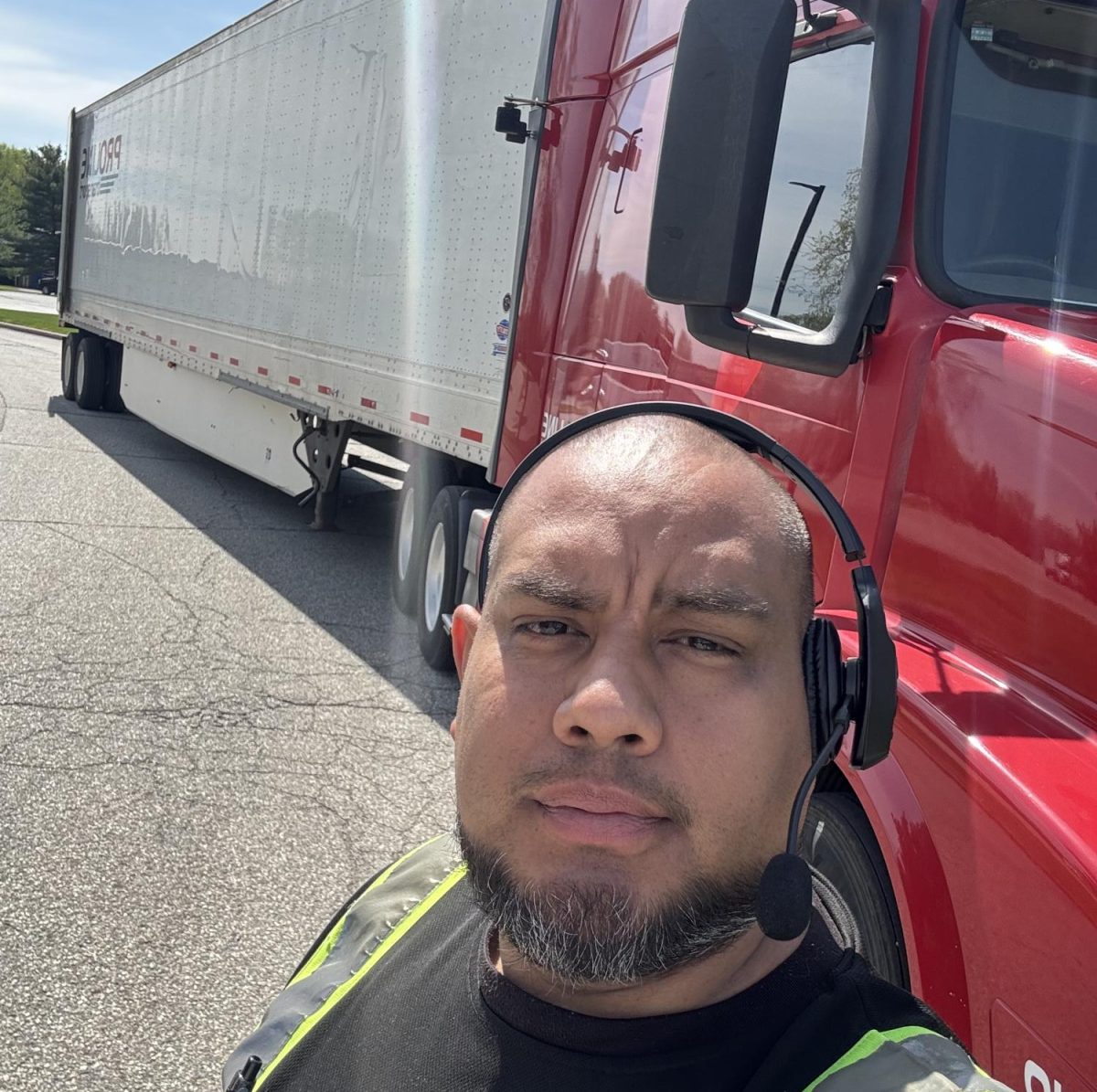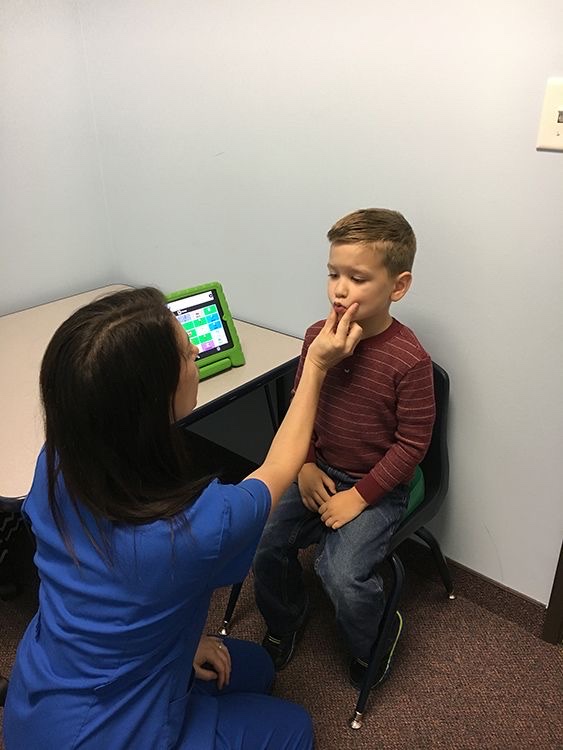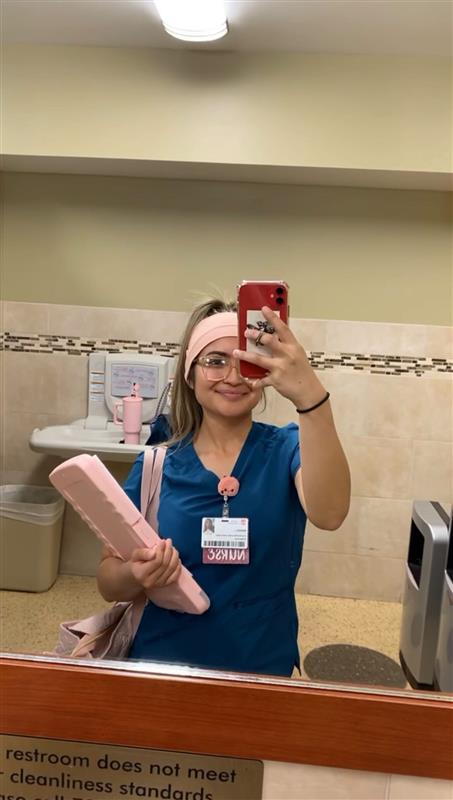Esmeralda Ortiz works as a Spanish teacher at Morton East High School, where she has been employed for 5 years completed her education at University of Illinois at Chicago where she got her bachelor’s degree in Teaching of Spanish and recently got her master’s degree from Concordia University where she got her degree in Curriculum and Instruction. and has been teaching in the field of education since [Year]. Esmeralda is passionate about helping her students connect with the Spanish language in ways that go beyond just grammar and vocabulary. In her own words, “It’s not just about memorizing words, it’s about the connection.”
Here’s what she had to say about her job:
Q: How do you keep students motivated to keep learning Spanish, even when it gets tough?
A: I remind them why they started—whether it’s to connect with family, travel, or pass a class. I also show them how far they’ve come. We celebrate small wins, and I try to make class fun with music, games, and real-life situations. Sometimes I’ll say, “Miren, esto les va a servir para cuando viajen o trabajen con más gente que habla español.”
Q: What advice would you give to someone who wants to become fluent in Spanish?
A: Use it every day. Watch shows, listen to music, talk to your abuelita, change your phone language settings. And don’t be afraid of messing up. That’s part of the learning process.
Q: How do you help students who have trouble with pronunciation in Spanish?
A: We do a lot of listening and repeating. I break words into syllables and model the sounds slowly. I also use songs because music helps them hear the rhythm of the language.
Q: Do you think learning Spanish is important for the future? Why or why not?
A: Yes, 100%. Spanish is the second-most spoken language in the U.S. and opens up so many opportunities—jobs, relationships, travel, and culture. Learning it connects you to more people, and that’s powerful.
Q: How do you make sure students understand when you’re teaching new grammar rules in Spanish?
A: I always give them examples in relevant contexts. We practice it together, then apply it in real-life situations. I break it down visually and give them sentence starters. And I check for understanding by having them explain it back in their own words or in pairs.
Q: What’s the most common mistake students make when learning Spanish, and how can they avoid it?
A: Trying to translate word-for-word from English. That never works because Spanish has its own structure and rhythm. I encourage them to think in Spanish, even if it’s basic.
Q: How do you help students who are shy or unsure about speaking in front of the class?
A: I start with pair or small group activities to build their confidence. I never put them on the spot without warning. I create a safe space and remind them that we are all learning together.
Q: What’s the best way for students to practice speaking Spanish outside of class?
A: Find a language buddy, join a club, or use apps. Even talking to Siri in Spanish out loud helps. I tell them to talk to themselves like, “Voy a la cocina, tengo hambre.” It works!
Q: Do you ever use technology, like apps or websites, to help teach Spanish?
A: Yes! I use Quizlet, Blooket, Kahoot, and Formative. I also play music videos and clips from shows. Students love when we use tech in the classroom, it feels less like a lesson and more like an experience.
Q: What’s one thing you wish more students knew about learning a new language?
A: It’s not just about memorizing words, it’s about the connection. And it’s okay to not be perfect. Mistakes are how we learn. I wish more students knew how capable they are of becoming bilingual, even if it takes time.










